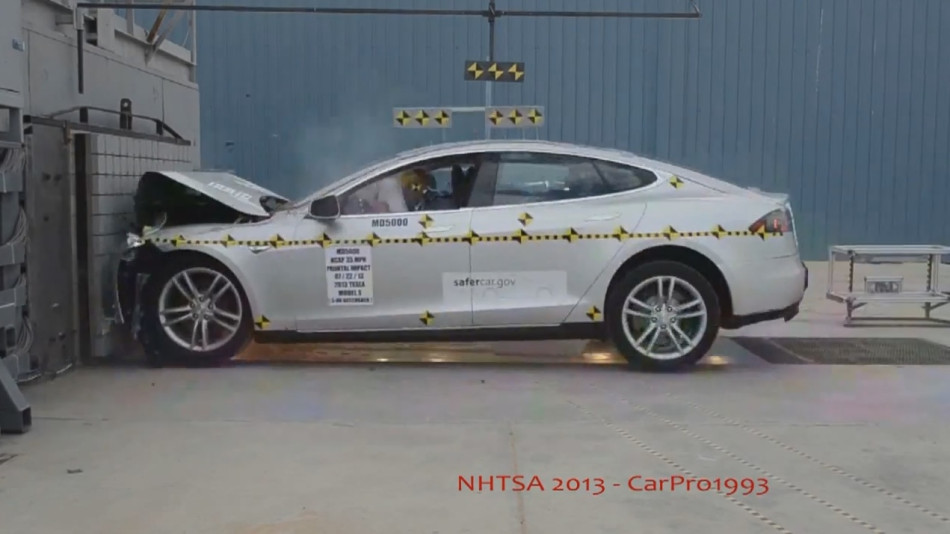NHTSA and Euro NCAP evaluate new technologies

For example, one of the proposals is the introduction of an additional crash test with a new concept of dummy which can better replicate injuries suffered by the human body in an accident, and a specific evaluation of the technologies aimed at preventing collisions and protecting pedestrians. Over the next two months, the Department of Transport will gather the opinions of end users and stakeholders, with the aim of launching the new 5-Star Safety Rating before the end of 2016.
Evaluating technologies aimed at preventing collisions with pedestrians and other vulnerable road users (cyclists and motorcyclists) is also on the agenda on the other side of the Atlantic. As part of its overall safety testing for vehicles, Euro NCAP will introduce a specific test to evaluate the effectiveness of the automatic systems for sensing obstacles and impact prevention, which are beginning to be more commonly found on board vehicles. The Euro NCAP Autonomous Emergency Braking (AEB) Pedestrian test will allow consumers to make their buying choices in a more informed manner and car constructors to compare the effectiveness of these systems.
The test, using a specially designed robot, will be carried out, simulating three scenarios typical of a road accident that involves a pedestrian, in other words, simulating an adult walking or running on a car’s trajectory, or a child that suddenly crosses the road. To obtain an adequate evaluation, the AEB systems will have to demonstrate the ability to avoid a collision between the hypothetical pedestrian and a vehicle travelling at a speed of 40 km/h and to reduce the speed of impact of a vehicle travelling between 40 and 60 km/h to 40 km/h maximum.
While the improvement in protection for drivers and passengers of a vehicle has helped to significantly reduce the number of road accident victims, figures show that there is still a lot to do to tackle pedestrian safety. For example, in 2014, almost 50% of the more than 26,000 accident victims on the roads of Europe belonged to this category of vulnerable road users.
The fact that Euro NCAP and NHTSA include AEB systems among their criteria for evaluating safety levels proves that, in the established markets, these systems are now deemed appropriate as a standard feature on vehicles. The FIA and its network of clubs, which have for many years worked with institutions such as Euro NCAP to promote the publication of test results, will be in the forefront when it comes to explaining the benefits of these new technologies to the consumer, as well as in supplying motorists with all necessary information for their best use.

 Facebook
Facebook Twitter
Twitter






